Price: $659.99 – $629.99
(as of Jan 25,2025 03:20:35 UTC – Details)

Product Description
Vandossy 38 Inch UWQHD+ 144Hz Monitor


Boasting an ultra-wide color gamut and an expansive screen, The Vandossy EM38QMP 144hz monitor delivers precise colors, making it ideal for entertainment, work, and gaming.


The EM38QMP monitor boasts a 38-inch ultra-wide QHD+ IPS screen with a resolution of 3840*1600P, ensuring you miss no detail and immerse yourself deeply in your gaming, work, and entertainment.

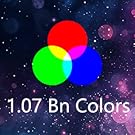
Vandossy EM38QMP enables colors beyond red, orange, yellow, green, blue, indigo, and purple, with up to 1.07 billion colors, making the connection between virtual and reality possible and providing more colorful visuals for artistic work, entertainment, and gaming.


Delta E(ΔE) is a metric used to measure and compare colors. A smaller Delta E value implies a smaller difference between the two colors. Typically, a Delta E of less than 1 is not perceptible to the human eye.


The EM38QMP monitor offers an ultra wide color gamut range of up to 98% DCI-P3 and 100% sRGB%. Provide more realistic color images to meet any of your color needs.

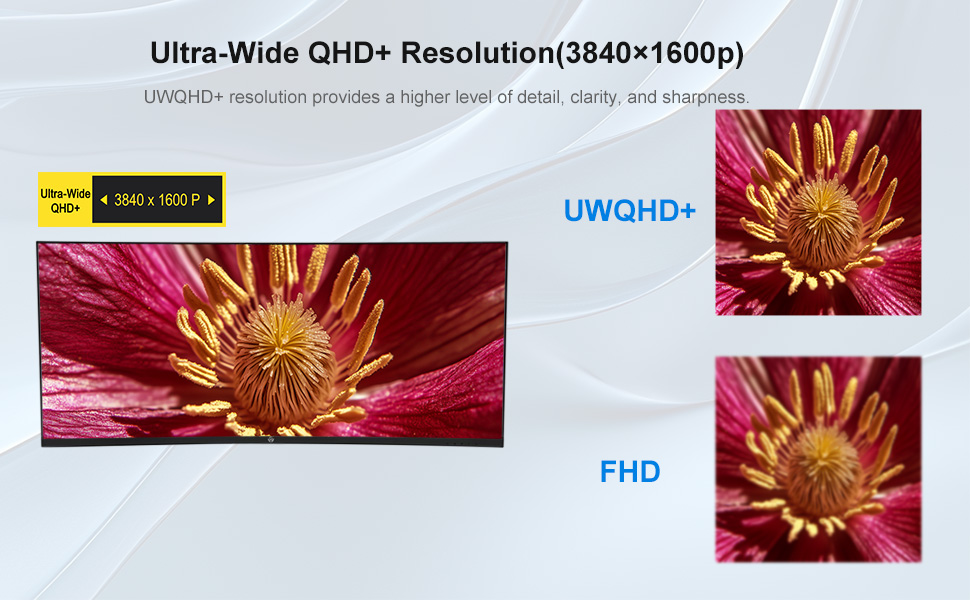

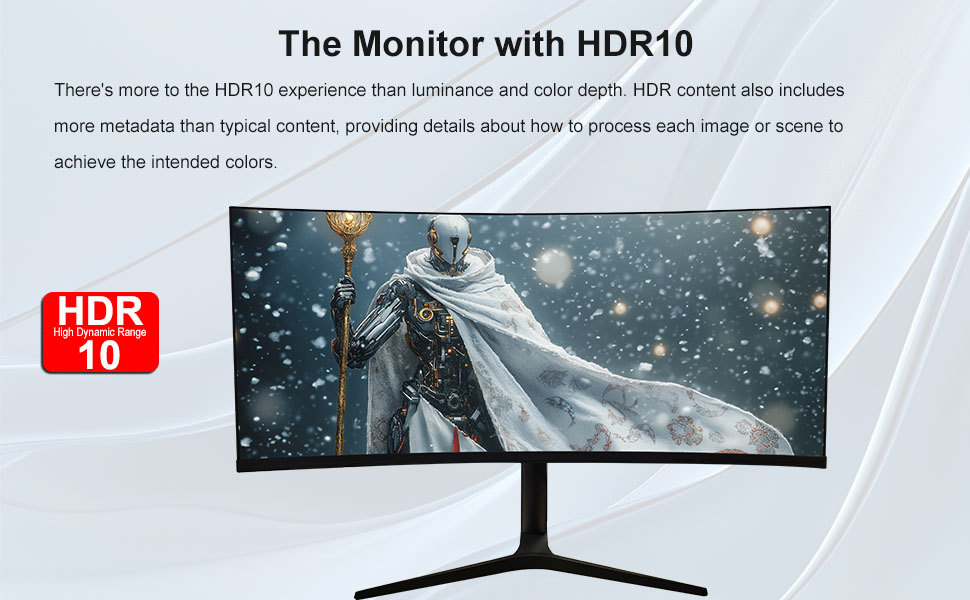

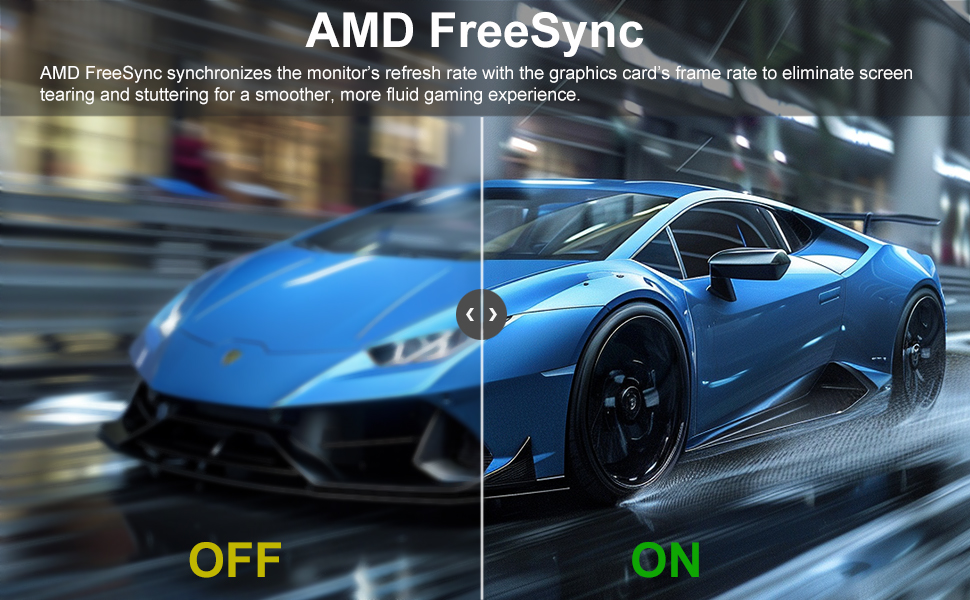


Model EM38QMP Size 38 inch(display area 37.5 inch ) Monitor Screen IPS Color Gamut 98% DCI-P3, 100% sRGB Color Depth 10bit(8bit +a frc) Color 1.07 bilion colors Interface DP ×1, HDMI ×1, TYPE-C ×1, Type-A ×2, Type-B ×1, 3.5mm audio jack ×1 HDR HDR300 Adaptive Sync AMD FreeSync Eye-care Technology Built-in VESA 100×100 mm Refresh Rate 144 Hz Built-in Speaker 3W Speraker ×2
Outstanding IPS Curved Bezel-less UWQHD+ Screen:Featuring UW QHD+ (3840x1600p) resolution, this monitor delivers superior detail and clarity compared to 1080p displays. The IPS panel, complemented by a color LED light ring on the back, provides stable color reproduction and broad viewing angles with support for 1.07 billion colors, enhancing color accuracy and realism. The 2300R Curved Ultra Wide Screen (21:9) expands screen space by 33%, allowing for a clearer view of image details.
DCI-P3 98% (100% sRGB) and HDR10 for Perfect Viewing:With a professional color gamut of 98% DCI-P3 and an optimal 2000:1 contrast ratio, this monitor renders rich color details and a wide color spectrum. The HDR10 support provides an immersive HDR experience for games, movies, and images. A 178-degree ultra-wide viewing angle ensures consistent color accuracy and excellent picture quality, even when viewed from different angles.
144Hz Fast Refresh Rate, FreeSync Technology, and 1ms Response Time:The monitor’s FreeSync technology synchronizes the refresh rate to eliminate image tearing and lag, enhancing both performance and gaming experience. With a rapid 1ms response time, it reduces ghosting and jitter, resulting in sharp, accurate images during fast-paced scenes and smoother video playback.
Low Blue Light Technology and Superior Eye Protection: Equipped with low blue light technology and a 3H hardness anti-glare screen, this monitor minimizes blue light emission and flicker, reducing eye strain and providing a clearer, more comfortable viewing experience. Multi-angle height, tilt, and swivel adjustments, along with VESA wall-mount compatibility, allow you to customize your viewing position for optimal comfort during extended use.
Flexible Connectivity and Versatility: This Vandossy 38inch monitor is equipped with Type C x1, Type B x1, Type A x2, DPx1, HDMIx1, 3.5mm audio jack,which allows you to seamlessly switch between streaming and casual gaming, improving picture clarity and work efficiency.It can be connected to laptops,desktops, Macs(HDMI port required), game consoles and other devices, and can be used as a PC monitor for business office,work design,and entertainment.
Introducing the Ultimate Gaming Experience: 38 Inch UWQHD+ Curved Monitor
Get ready to elevate your gaming experience with our state-of-the-art 38 inch UWQHD+ curved monitor. Boasting a stunning resolution of 3840 x 1600p and a refresh rate of 144Hz, this monitor delivers crystal-clear visuals and smooth gameplay like never before.
With 1.07 billion colors and 98% DCI-P3 color gamut, every image on this monitor pops with vibrant hues and incredible detail. The 10-bit color depth ensures accurate color reproduction, while Adaptive-Sync technology eliminates screen tearing for a seamless gaming experience.
Equipped with dual speakers, USB-C, Type B, and Type A ports, this monitor offers versatile connectivity options for all your devices. Whether you’re gaming, streaming, or working, this monitor has everything you need to stay productive and entertained.
Upgrade your setup with the 38 inch UWQHD+ curved monitor and immerse yourself in the ultimate gaming experience. Get yours today and take your gaming to the next level!
#Inch #UWQHD #Curved #Monitor #144Hz #1600p #Billion #Colors #DCIP3 #Dual #Speakers #USBC #Type #Type #Bit #8bitAFRC #Color #Depth #AdaptiveSync #Computer #Gaming #Monitor,1.07 billion colors


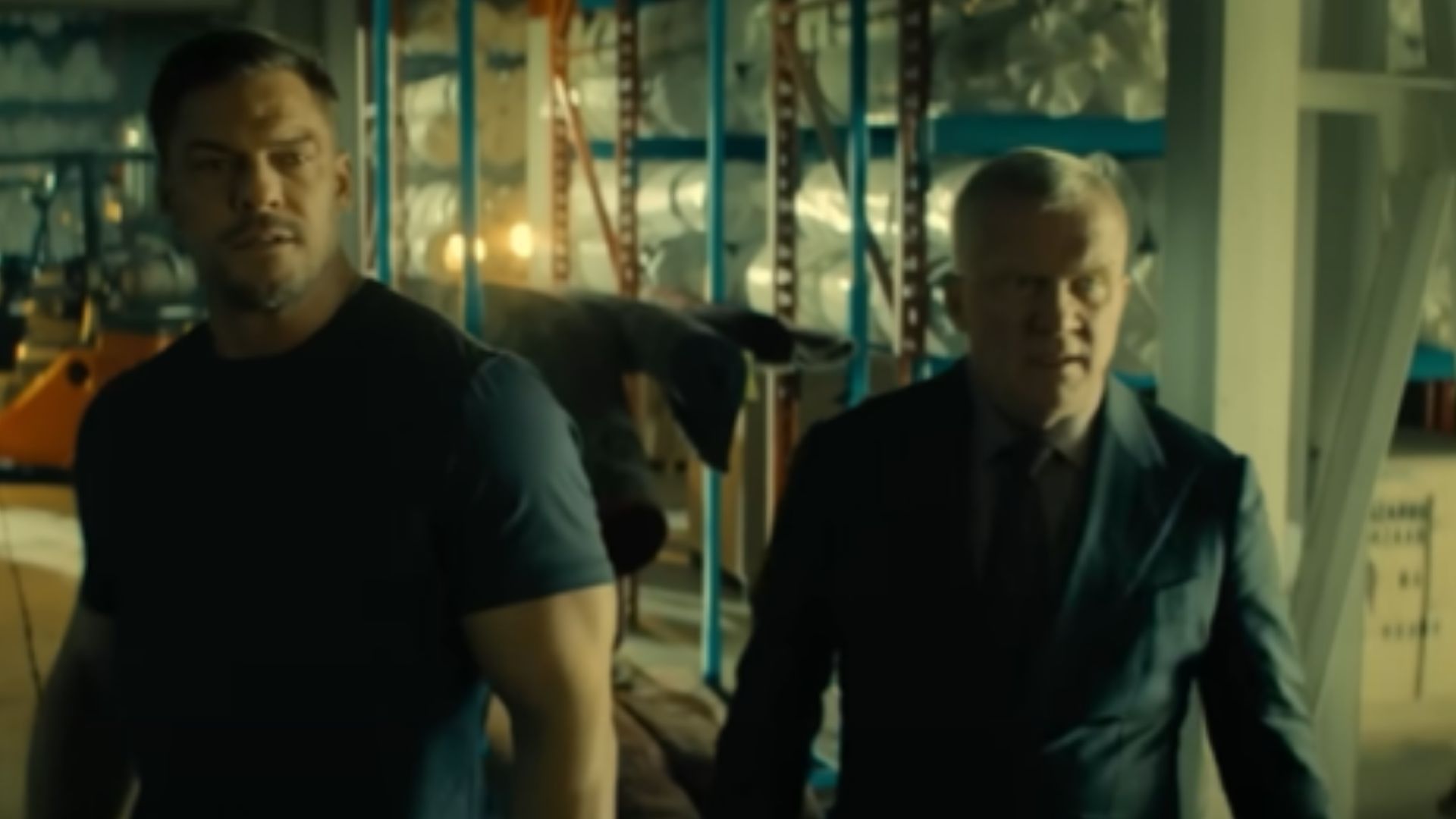

:no_upscale()/cdn.vox-cdn.com/uploads/chorus_asset/file/25850191/LACPHX.png)









